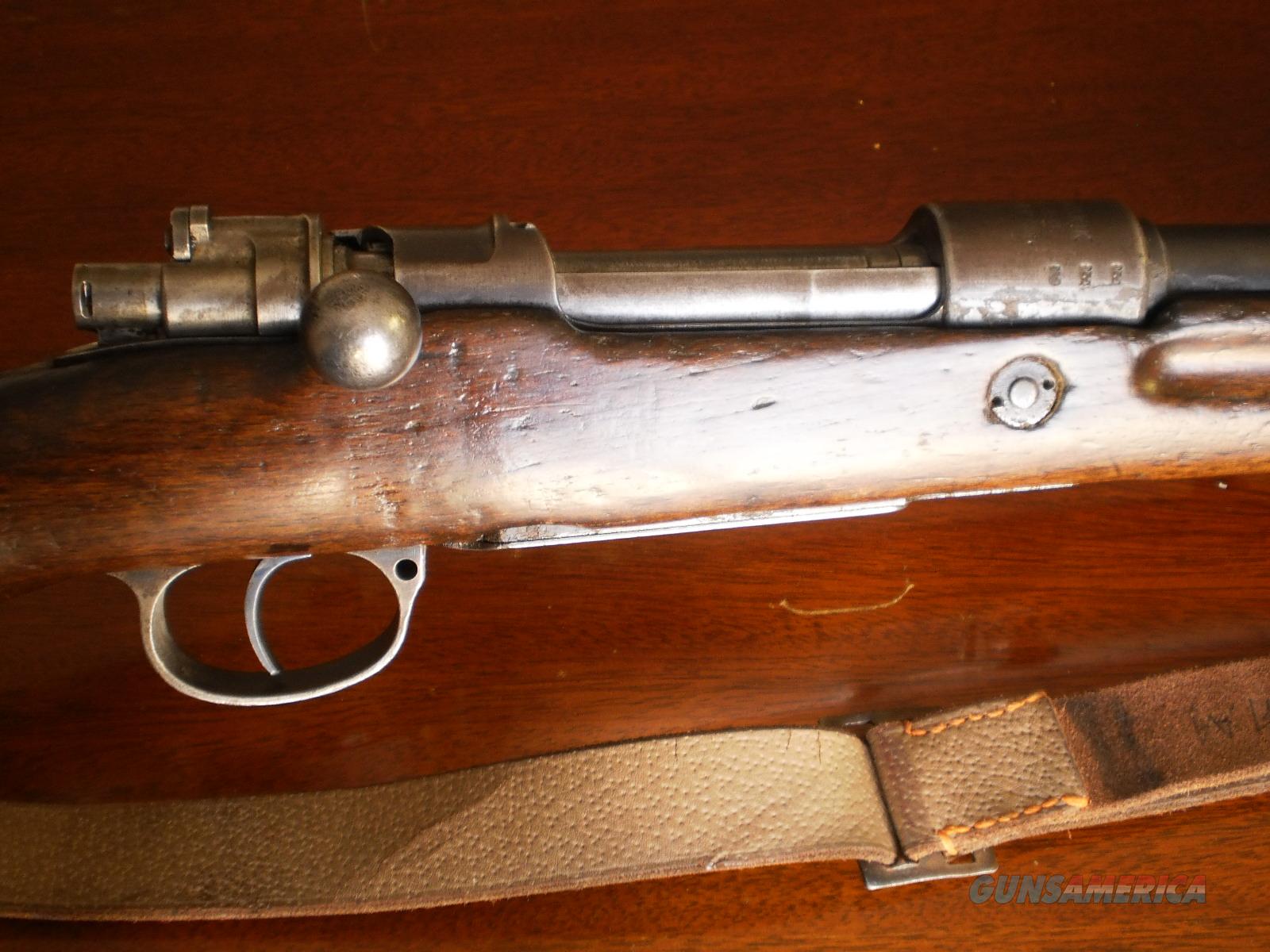

Museo de Armas, Circulo Militar, Buenos Aires.( March 2014) ( Learn how and when to remove this template message)Įxamples of the Mauser 1918 anti-tank rifle can be found in several museums: Unsourced material may be challenged and removed.

Please help improve this section by adding citations to reliable sources. Due to the tremendous blunt force of the recoil, it was designed to be shot in a static position, either prone or from inside a trench. The rifle was operated by a two-man crew of a gunner and ammunition bearer, who were both trained to fire the weapon. The iron sights were composed of a front blade and tangent rear, graduated in 100-meter increments from 100 to 500 meters. This could cause problems for the shooter with repeated firing. The weapon had a pistol grip and bipod, but no method of reducing recoil, such as a soft buttpad or muzzle brake. The rifle was a single-shot bolt-action rifle using a modified Mauser action, with rounds manually loaded into the chamber. The first of these off the production lines were issued to specially raised anti-tank detachments. The Mauser Company responded with the 13mm T-gewehr and began mass production at Oberndorf am Neckar in May 1918. The makers of the gun were inspired by weapons used to hunt African big game, like the Elephant gun. This prompted the development by the Germans of a heavy-calibre and high-velocity rifle as an anti-tank weapon. The first use of armoured fighting vehicles ( tanks) was by the British at the Battle of Flers–Courcelette in September 1916 and were followed by the French.īy June 1917, the German Army faced the Mark IV tank, and found that the standard armour-piercing 7.92 mm K bullet was no longer effective.

Both Britain and Germany used high-powered rifles, such as elephant guns from their African colonies, for this purpose. During the First World War the onset of static, trench warfare saw the rise in the use of armour plate for personal defense, and the development and use of armour-piercing ammunition to counter this.


 0 kommentar(er)
0 kommentar(er)
